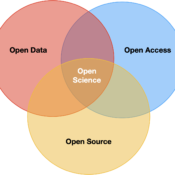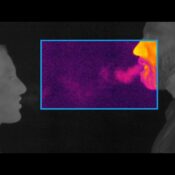CLEAR
CLEAR
COVID Learning and Engagement with Academic Research
is an innovative conversational AI platform dedicated exclusively to disseminating verified, peer-reviewed research on COVID-19. Unlike other resources, CLEAR relies solely on academic papers and rigorous scientific data to guide users through a comprehensive understanding of the virus, its transmission mechanisms, clinical effects, and broader implications. The platform caters to diverse audiences, offering explanations ranging from basic overviews to in-depth explorations of complex topics, such as the role of SARS-CoV-2 nanotubes in neurological impacts or mechanisms of T-cell exhaustion. This initiative aims to empower users with accurate, nuanced, and science-driven insights to combat misinformation and enhance public and professional knowledge. CLEAR will be able to be repurposed for other purposes.
CLEAR is an innovative LLM that will provide verified peer-reviewed research on symptoms and treatments for COVID-19. It will draw on academic papers and verified data sources and use a natural-language processor to provide users with detailed information about the virus in their language, its transmission mechanisms, clinical effects, and broader implications. The platform caters to diverse audiences, offering a range of information from basic overviews to in-depth explorations of complex topics, such as the role of SARS-CoV-2 nanotubes in neurological impacts, mechanisms of T-cell exhaustion, testing technologies, airflow dynamics, and clean-air technologies. This initiative aims to give users accurate, nuanced, and science-driven insights to take actionable steps for themselves, to combat misinformation, and to enhance public and professional knowledge. CLEAR will be able to be repurposed for other purposes.
Specific Aims
- Develop a conversational AI model that uses only peer-reviewed research to explain COVID-19 topics at varying levels of complexity.
- Provide tailored learning paths for users, from basic explanations for the general public to advanced insights for researchers and healthcare professionals.
- Create an extensive database of peer-reviewed articles, organized by topic and relevance.
- Offer interactive features to explore specific scientific phenomena, such as airflow physics in virus transmission or immune system responses to SARS-CoV-2.
- Ensure transparency by citing all sources and providing direct links to original research.
We’re currently looking for volunteers in the following areas:
- AI researchers and developers with health experience.
- Health researchers including mental health.
- NLP researchers and developers.
- Fullstack developers.




















